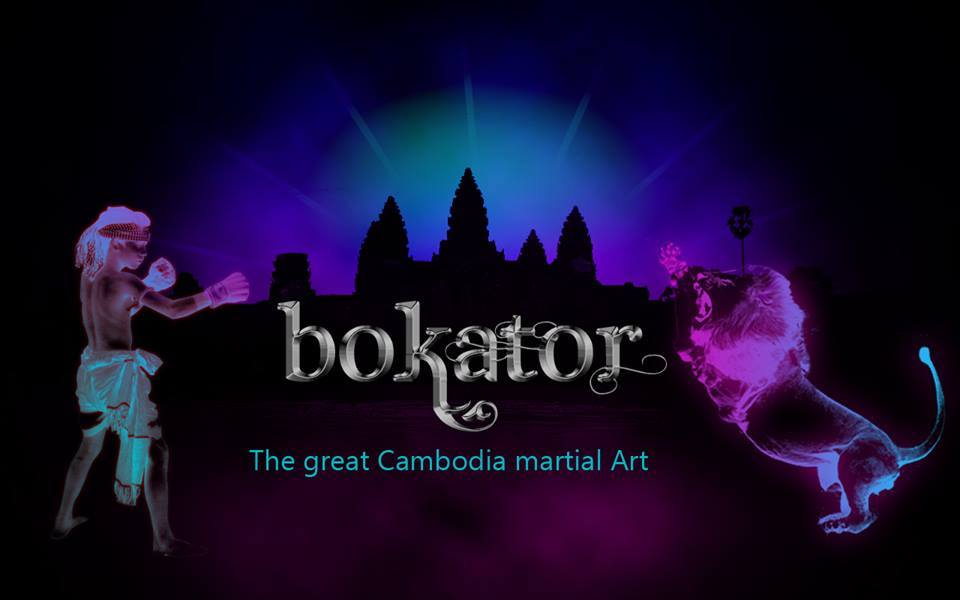This male sandstone statue
Sculptures from Angkor National Museum:
This male sandstone statue, devoid of his arms and legs below his short sampot is something of an enigma. The temple of Ta Prohm at Angkor was cleared and initial restorations began as early as the 1920s by EFEO, who delivered this sculpture to the Angkor Conservation Depot in 1931. At that time, it was recognized as a Dvarapala, a temple door guardian that protected the western entrance to the fourth gopura at Ta Prohm nearly a thousand years ago. It has all the hallmarks of a standalone guardian keeping out unwanted riffraff. They are very often located either side of the entrance doorway, either in niches or as free-standing statues. They are designed to make visitors think twice before entering the sacred chamber. Usually, the Deva Dvarapala is identified by his weapon, a three-pronged trident and a less fanciful, conical headdress, while the Asura Dvarapala is the fiercest of the duo with an expansive flaming headdress and both hands grasping his weapon of choice, a mace. This statue has neither identifiers but it does present an image of refined strength and despite the weathering of 800+ years, the detail of his headdress, body jewelry and heavily-belted sampot with double fish-tail pleats, is a striking exhibit. Today, the museum calls it a male divinity on its signage, hedging its bets as to the identity. The expansive necklace and arm bangles are often found on door guardians, though the weathered diadem and braided hair piled high into a cylindrical chignon are not usual features. To add to the mystery, the chignon is topped by a lotus flower relief and the ‘Om’ symbol is incised into the front of the jatamukuta, which you usually find on images of the god Shiva. This might indicate that a Shiva statue was re-appropriated as a Dvarapala, or vice-versa, when the temple was dedicated to the mother of King Jayavarman VII in 1186AD.
About Me
I have graduate from BUILD BRIGHT UNIVERSITY(BBU) AND PREAH SIHANOUK RAJA (SBU) I work at Khmer Plus Computer Address: #156BE, St.63 (Trasak Phaem), Sang kat Chaktomok, Khan Daun Penh, Phnom Penh And Much More... Hey..My name is Thol Un Welcome To my site! Hope it will help you! Nice to know you! Indroduce My Self -My name is Thol un.I come from Kompong cham Province -Now I am staying at Langka pagoda .I have graduated from Build Bright University -My Major is Information and Network Technology -I am Working at Khmer Plus Computer -I want to get experience From your Company and develop your Company to be More Successful forever
Thanks for Support
Copyright©️:2021 All Rights Reserved. @Mr. Thol Un Hi every body, In this video I want show about the people success with Website, All This The Result From Website Partnership. Make money online speak Khmer: Please Followers My Website to Get More Videos!! Giving Dharma Is Better Than Giving Things!! Thanks for Support My Website !! This Website is created for the purpose of spreading the Entertainment Cambodia and other History Khmer, Dharma Khmer, Cooking Khmer by posting videos in Website Blogger or Blogspot YouTube and Facebook Page. Thanks and thanks for the support for this Website ..! Thanks For watch all this Website !❤ Like ✅Share ☑️ Comment❤ Kindly donate to the ABA Bank : ❤Thol Un❤ ❤001885833❤















